



The Jal Jeevan Mission faces major cost overruns, with the budget doubling to ₹8.29 lakh crore. A large-scale inspection has been launched to verify inflated costs, quality, and functionality. Delays, tender rule changes, and suspected inflated contracts prompted the review as only 79.74% rural homes have tap water so far.

Copyright infringement not intended
Picture Courtesy: DD News
Context:
Government launches large-scale review of Jal Jeevan Mission after cost overruns.
The Jal Jeevan Mission (JJM) was launched in 2019, to provide clean tap water to every rural household in India. Initially, the government planned to achieve this by 2024 with a budget of Rs 3.6 lakh crore (Centre: Rs 2.08 lakh crore, States: Rs 1.52 lakh crore). However, costs have increased, and the mission now faces challenges.
The JJM has approved 6.4 lakh water supply schemes, but their total cost has increased to Rs 8.29 lakh crore—more than double the original budget. The Jal Shakti Ministry asked for an extra Rs 2.79 lakh crore to complete the mission by 2028, but the Expenditure Finance Committee (EFC), led by the Expenditure Secretary, approved only Rs 1.51 lakh crore.
This 46% cut came after the Finance Ministry questioned why costs, like installing a single tap connection, jumped from Rs 30,000 to Rs 1,37,500. Some suspect states inflated work contracts, prompting a nationwide inspection.
The government is deploying 100 teams of Central Nodal Officers (CNOs) to check 183 JJM schemes across 135 districts in 29 states and Union Territories. The teams, including 75 Joint Secretaries and 106 Directors, will start inspections on May 26, 2025, and submit reports by June 10, 2025. They aim to verify costs, check work quality, and uncover reasons for the cost escalation.
The inspection teams will:
Since 2019, JJM has provided tap water to 15.44 crore rural households (79.74% of the target) and 9.32 lakh schools and 9.69 lakh Anganwadi centres. However, 3.96 crore households remain without connections, and the deadline was extended to 2028 with a Rs 67,000 crore budget for 2025-26.
Must Read Articles:
Many Challenges of Jal Jeevan Mission
Source:
|
PRACTICE QUESTION Q. Despite meticulous planning, many centrally sponsored schemes face hurdles at the implementation stage. Identify the root causes and suggest measures to address them. 250 words |
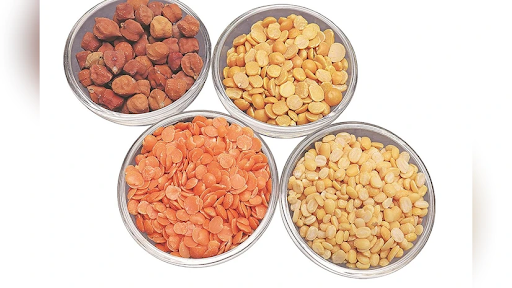
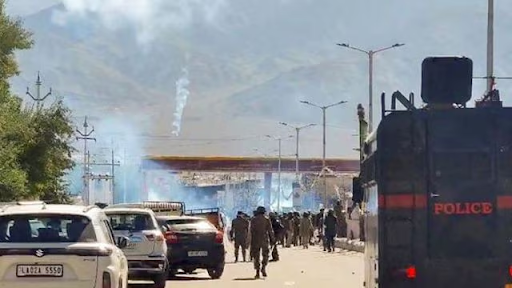
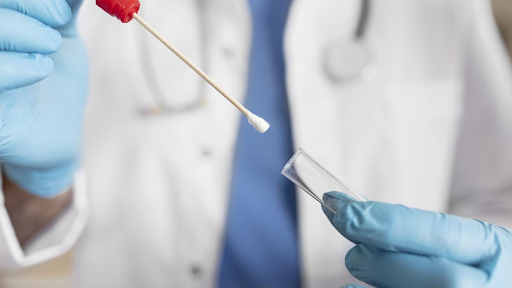
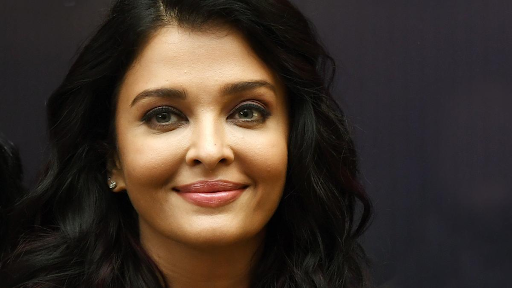
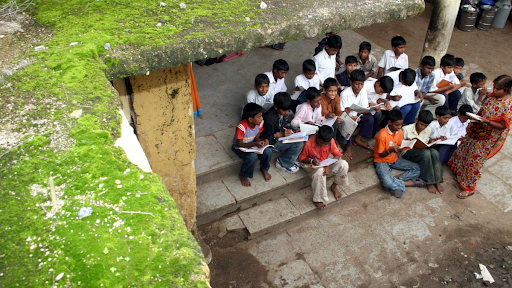

© 2026 iasgyan. All right reserved